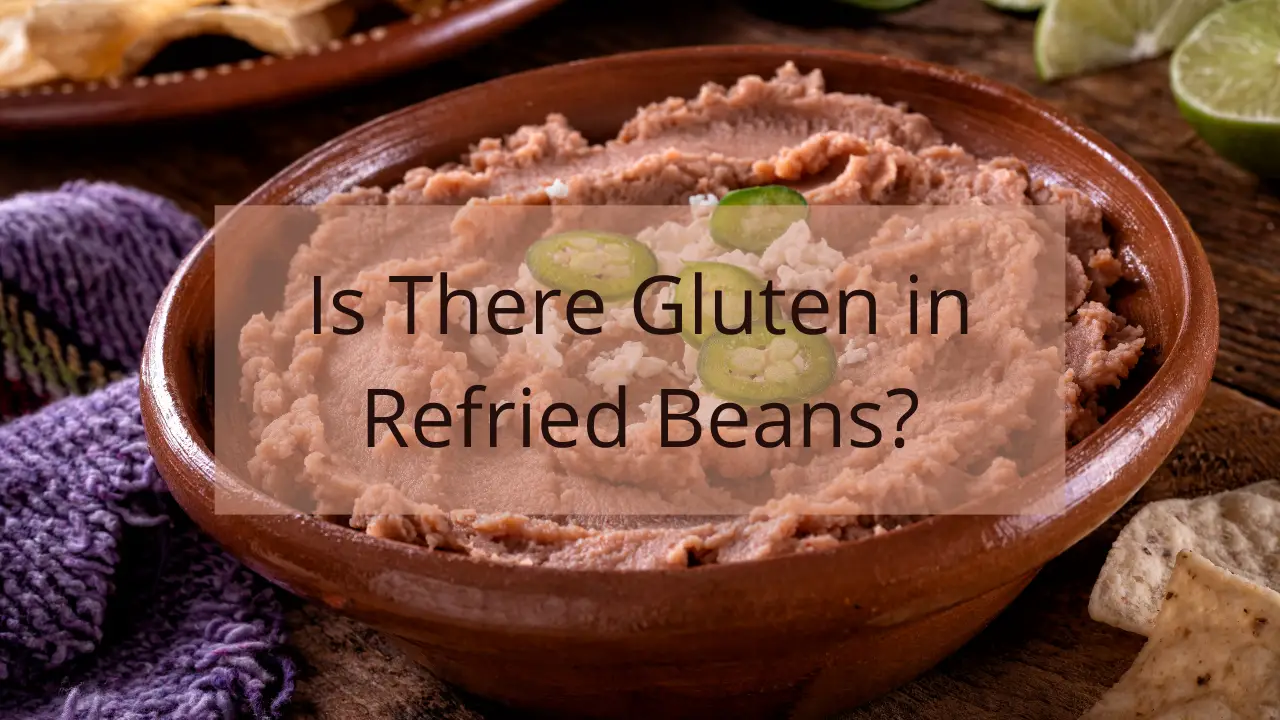When someone mentions Mexican cuisine, refried beans are a staple in it. You can't do without a serving bowl of refried beans on taco Tuesday. There are endless health benefits of refried beans, along with the fact that they're utterly delicious.
Like all canned foods, refried beans may raise the red flags for a gluten-free dieter. Is it another one of the pantry staples that you have to eliminate? Not necessarily. Here's everything you need to know about eating refried beans on a gluten-free diet.
What are Refried Beans?
Refried beans are a great staple food and are loved by Americans. It seldom happens that refried beans aren't cooked at least once a week in most homes. Refried beans are excellent and the obvious choice to use with Mexican food. They also go great with salsa or a juicy steak, but some even use refried beans with casseroles.
Uncooked beans are hard and need to be cooked in water so that they become soft. Once they're cooked, they have to be fried, along with seasonings, in a pot or skillet.
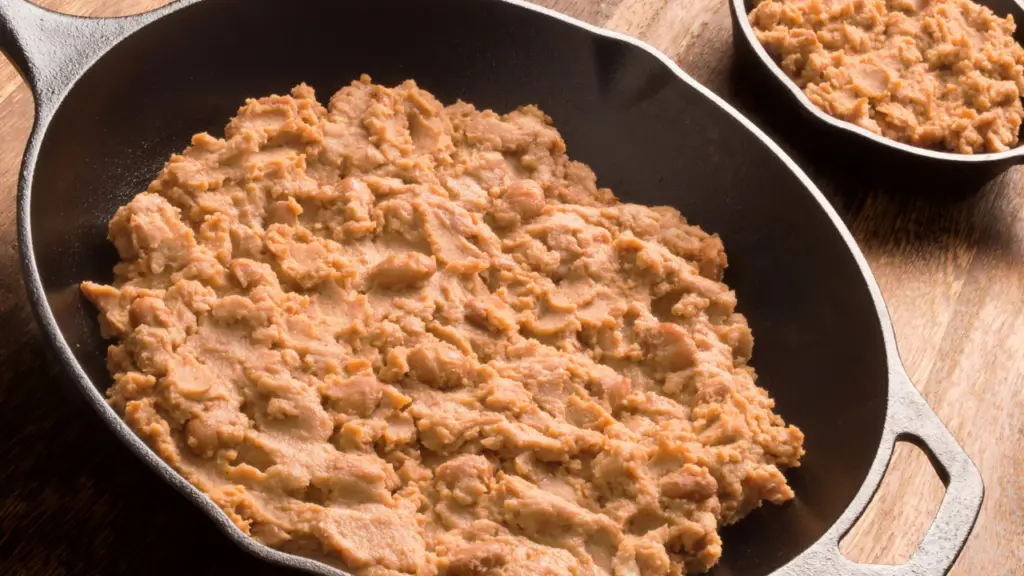
When using a pressure cooker for cooking the beans, it'll take about 30 minutes. But if you don't have a pressure cooker, it'll take 2-3 hours to cook the beans on a stove.
Beans do not expire that early, but the older the beans are, the harder they become. Therefore, it takes longer to cook them. So if you're cooking an old batch, don't worry if they're taking longer than expected. Once they're softened, mash them up and add your favorite spices and flavorings to them.
There are several types of beans that you can use to make refried beans. The most commonly used are pinto beans and black beans, but cranberry beans also make delicious refried beans. Some people even use kidney beans or white navy beans in specific recipes.
How Did Refried Beans Get Their Name?
The name “refried beans” is pretty confusing. If you think that maybe they're called that because they are fried again, you're not alone. The reason behind calling them refried beans is related to what they're called in Spanish, “Frijoles Refritos.” The word Refritos is translated to “well-fried,” and they get their name refried beans from here.
When Do You Need to Avoid Gluten?
Not everyone needs to avoid gluten in their food. You may opt for a gluten-free diet if you're looking for a healthier lifestyle. Meanwhile, there's no other way for celiacs and gluten-sensitive individuals.
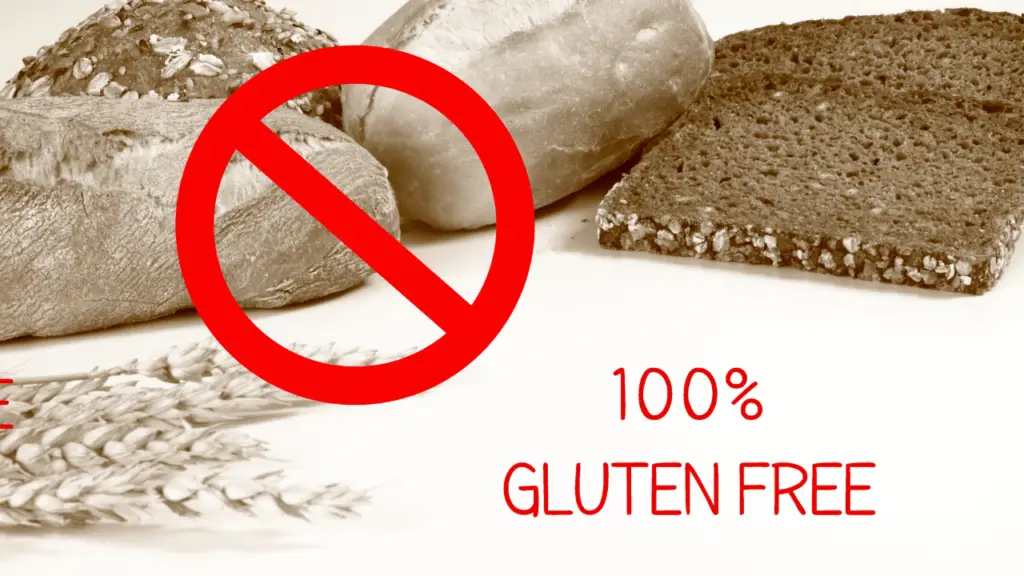
The symptoms of these patients trigger whenever they eat foods with gluten in them. Their bodies cannot digest gluten properly and, in return, cause digestive issues.
However, there are other symptoms unrelated to digestive problems, such as iron deficiency and malnutrition. These conditions can become severe in some cases, which is why it's best to avoid gluten.
When you're avoiding gluten, a gluten-free diet is the only solution to your problems. A gluten-free diet excludes gluten-based grains and their byproducts, including wheat, rye, barley, spelt, and triticale.
The most common culprits are cereals, pasta, bread, and baked goods. However, gluten hides in numerous other foods that you're probably overlooking. Many processed foods have gluten-based additives in them too.
Therefore, gluten-free dieters must go for naturally gluten-free foods or labeled gluten-free substitutes. If you're not buying natural produce, processed foods need to be checked for gluten by reading the labels. Look for any gluten-based additives or buy only GF labeled or certified products to remain on the safe side.
Gluten & Refried Beans- Is There a Connection?
Refried beans are mashed beans with a few spices and flavorings added to them. The most common beans for this recipe are Pinto beans. Other beans include kidney beans, black beans, cranberry beans, and white navy beans.
Now, all of these beans are flowering plants and are included in the legume family. Ultimately, this means they're as gluten-free as a food can be. The flavorings and spices added are garlic powder, lime juice, chili powder, olive oil, and jalapenos.
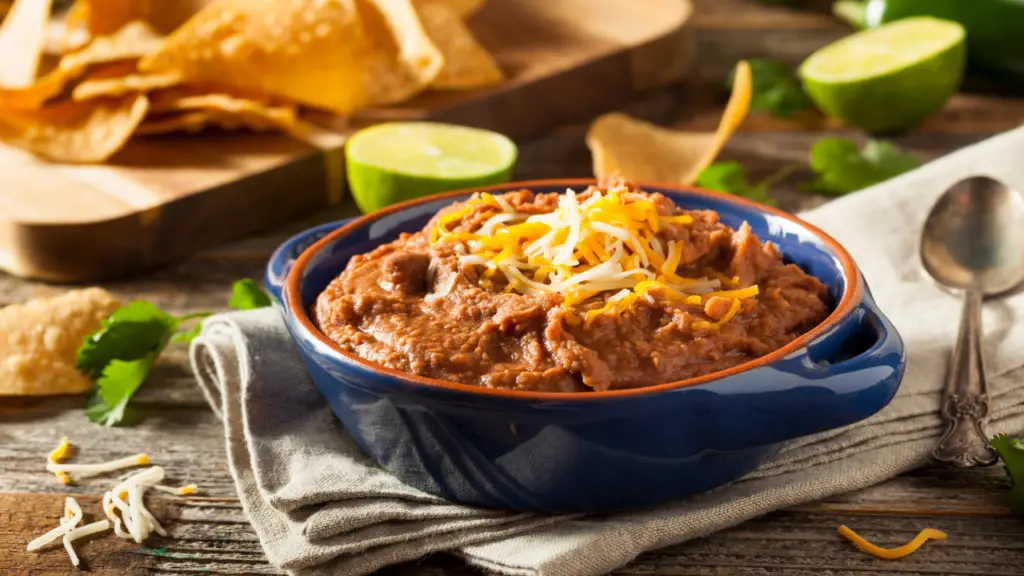
All of the added ingredients and spices are naturally gluten-free too. The only problematic scenario is if the refried beans have condiments, especially sauces, but that's rare.
Until now, we've been talking about the homemade version of refried beans that comes across no gluten particles. The reality is much more complicated. For starters, flavored refried beans may contain gluten-based ingredients that are not there in the traditional version.
Manufacturers are required to specify if their product contains wheat, one of the significant gluten-based grains. However, other gluten-based grains and their byproducts, including barley, rye, spelt, and triticale, don't need to be specified.
So, under FDA guidelines, refried beans with wheat will specify that they “contain wheat ingredients,” but not for the remaining gluten-based grains. And wheat-free doesn't always mean gluten-free either.
Cross-Contamination Risks
Moving further, even if you've double-checked and the refried beans contain no gluten ingredient, they may not be gluten-free. Cross-contamination in processed foods is always a possibility unless the product is labeled or certified gluten-free.

If refried beans are processed or stored in a shared facility with other gluten-based ingredients, they can be contaminated. Similar is the case with restaurants that use the same contaminated kitchenware or surface for making refried beans.
The product itself may not contain any gluten, but cross-contamination triggers symptoms of susceptible patients. It's why several brands do not use any gluten-based ingredients in their refried beans but don't label them as GF.
For gluten-free labeling, the products have to observe FDA guidelines of less than 20 ppm gluten. Since cross-contamination puts processed foods at risk of gluten higher than 20 ppm, manufacturers avoid the hassle. Even your favorite refried beans like Old El Paso traditional beans don't have gluten-based ingredients but are not gluten-free.
Tips for Making Homemade Refried Beans
Some people refrain from going through the trouble of homemade refried beans. But, you should if you have the ingredients, time, and energy on hand. They taste so much better than canned versions.
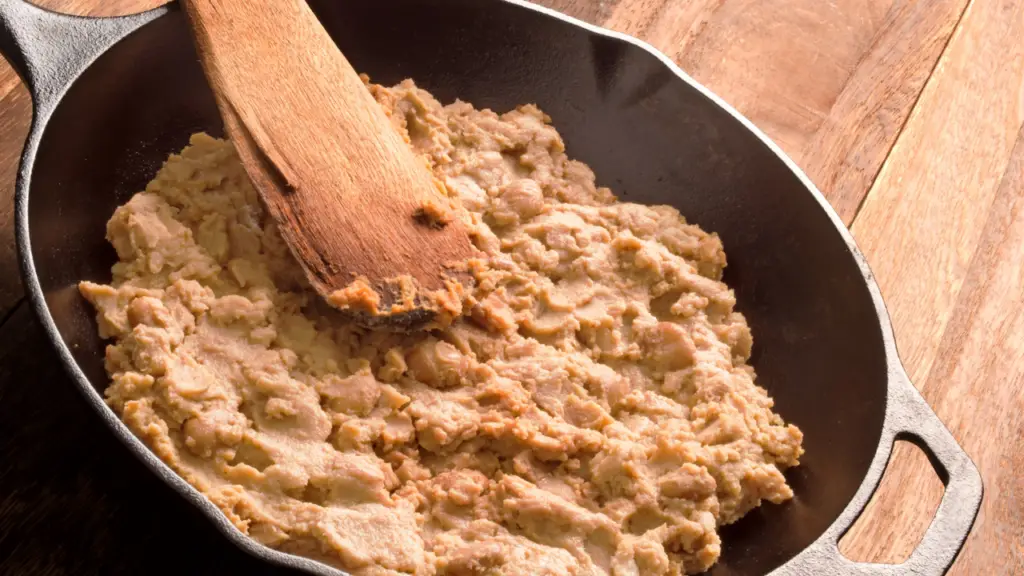
Not to mention, they give more room for experimenting and breaking through with a recipe of your own! Here are tips for the next time you're planning on making homemade refried beans.
Use Them in Different Recipes
You can be creative when it comes to reinventing your feel-good recipes with refried beans. Long gone are the days when refried beans were only a dip for nachos. Nor are you restricted to the traditional taco or burrito filling with refried beans as a spread.
Instead, substitute it as a sauce or filling in your standard recipes. For instance, use refried beans as a pizza sauce for your pizzas. You can use the same concept for substituting red sauce in lasagna. Stuffed enchiladas, tostada cups, casseroles, etc., the options are limitless!
Keeping The Sodium Low
Arguably, the best advantage of homemade refried beans is that you can tweak the recipe anytime you want. Therefore, if you're trying to keep your sodium intake balanced or your blood pressure keeps spiking, go for homemade!
While canned refried beans come with the health benefits of legumes, they often contain heaps of sodium content. Balance it out when you're making your own refried beans while benefitting from their nutritional value.
Play Around With the Recipe
Shifting from the traditional refried beans or the 2-3 flavored versions in the market makes you realize there's much more. If your tastebuds don't like the canned versions and find their taste peculiar, it's not the end of the world.
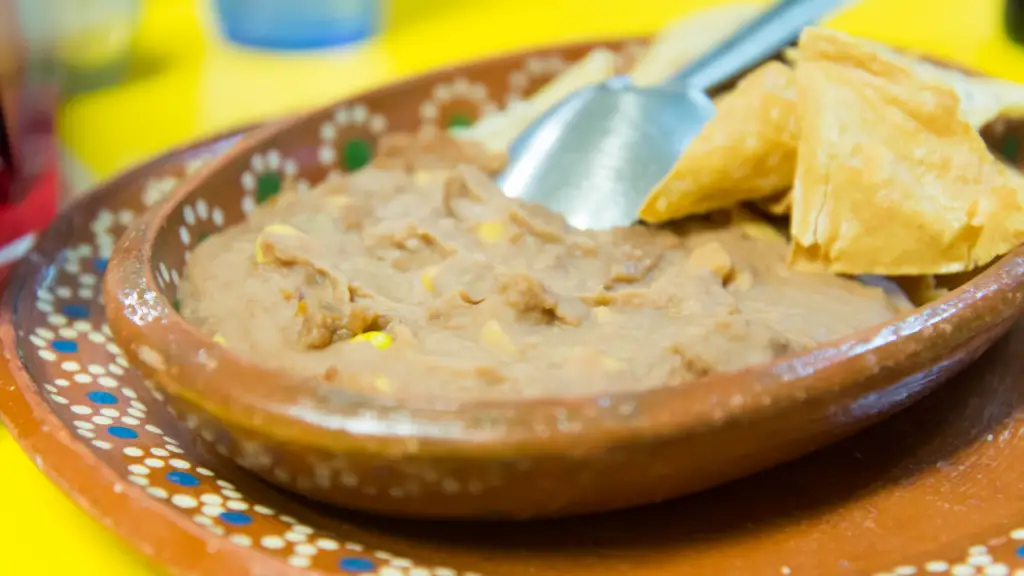
A homemade version lets you experiment with various preparation methods and spicing it up in your way. If you trust your cooking abilities, add and adjust customized flavorings and spices to the recipe.
Gluten-Free Brands of Refried Beans
Here are some gluten-free brands of refried beans:
Ortega Refried Beans:
They use cooked pinto beans, water, salt, vinegar, spices, lard, onion powder, and garlic powder to make their refried beans. These ingredients are not only gluten-free but are also dairy-free, soy-free, corn-free, and nut-free. The brand also claims that they don't use artificial flavors, artificial colors, or artificial ingredients.
Amy's Organic Refried Beans:
Amy's Organic Refried Beans are labeled gluten-free. But what makes them an ideal choice is they're also lactose-free, vegan, soy-free, and tree nut-free. So if you're a celiac patient who's also allergic to any of these items, this brand has got you covered. Additionally, Amy's Organic Refried Beans also adhere to the strict kosher guidelines. With these around, you don't have to miss out on refried beans.
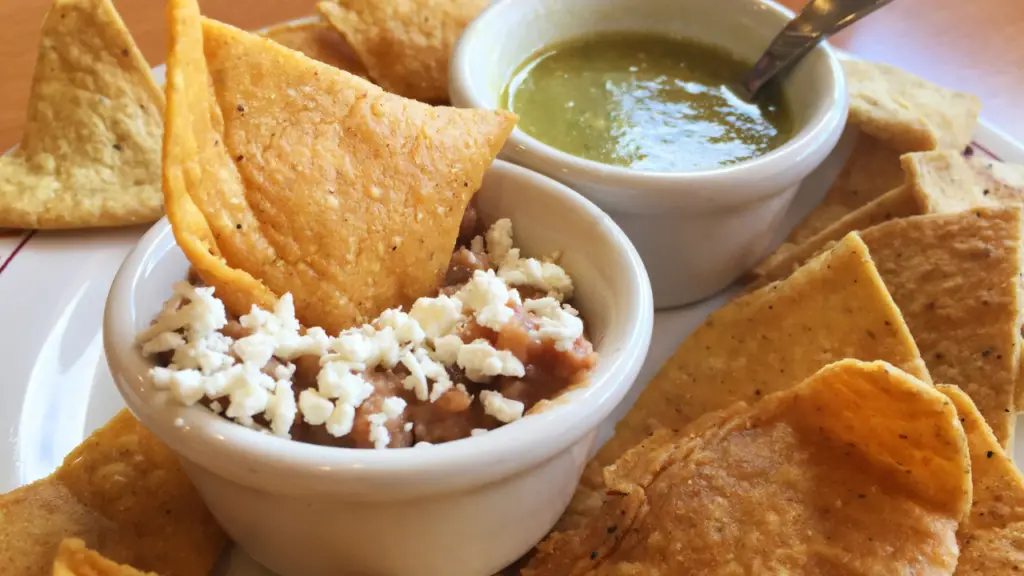
Bush's Traditional Refried Beans:
Like Amy's Organic Refried Beans, these are also labeled gluten-free. Each serving of Bush's Traditional Refried Beans contains almost 7 grams of protein, making them a healthy choice. With just the right flavor for your Mexican dishes, they're also a great source of dietary fiber. Also, their pinto beans are grown and canned in the US.
No Gluten Ingredients Brands:
Again, some brands are not labeled gluten-free, but they don't contain gluten-based ingredients. If you're not extremely sensitive and think your body can tolerate some form of contamination, these are viable brand options.
Rosarita Traditional Refried Beans:
Rosarita Traditional Refried Beans do not contain any ingredients that contain gluten. These refried beans are an excellent source of dietary fiber besides their delicious taste. They also provide an adequate amount of essential nutrients such as potassium, iron, and magnesium.
La Costeña Refried Beans:
According to the Mexicgrocer, this brand mashes and fries the beans in lard with different seasonings after cooking them. None of the ingredients, additives, or herbs are a source of gluten.
Old El Paso:
All the varieties of Old El Paso, including the Old El Paso Traditional Refried Beans, are gluten-free. Neither do they list gluten as an allergen nor use any ingredient that contains gluten.
Bearitos Organic Traditional Refried Beans:
This brand is keen to accommodate its celiac customers. For this reason, they avoid using any ingredient that can contaminate these refried beans.
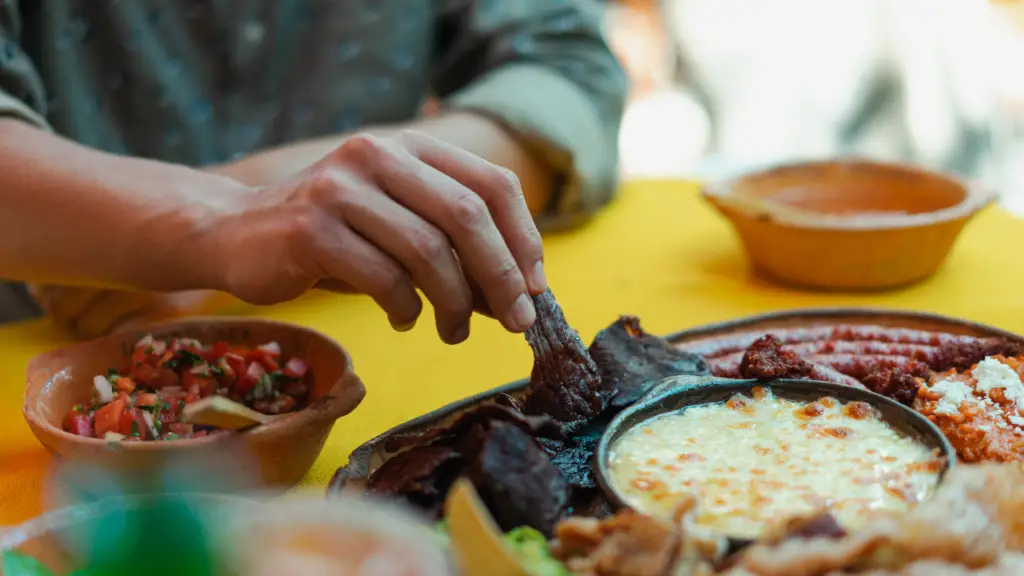
Final Words
We have determined that refried beans are indeed gluten-free. You always must check the ingredient labels before buying. And there is a concern for cross-contamination. It is your best to make your own homemade refried beans.
A single serving brings so many health benefits. Refried beans will indeed become a regular grocery item with the flavored versions that bring a mouthwatering taste.
So, what are you waiting for? Get ready to add this to the list of foods you'll likely fall in love with instantly!

